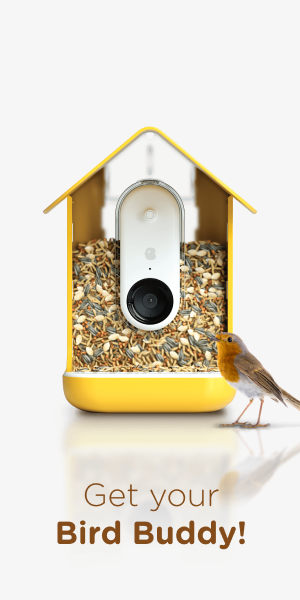We’ve all heard that songbird populations are declining. While ineffably sad, this is not news.
However, a 2019 study has revealed some shocking information that is news: the overall bird population of Canada and the USA has shrunk by 29 per cent since 1970. That’s about three billion fewer birds today than in 1970.
Decline of the North American avifauna examined five decades of population data for 529 species, the annual spring Breeding Bird Survey and Audubon Christmas Bird Count and the International Shorebird Survey. The study also included some more innovative data sources such as 10 years of weather radar data on the biomass of migrating birds and aerial surveys of water, marsh and swamp bodies.
The studied species account for 90 per cent of the North American bird population and about three-quarters of all North American species.
You might like:
How to attract wild birds you love
Should you feed birds in winter?
Shocking, unexpected results
Lead author Ken Rosenberg, a conservation scientist at the Cornell University Laboratory of Ornithology, expected to find that increases in common species would compensate for losses among rarer birds, but that wasn’t what the data showed.
“There’s an erosion of the numbers of common birds,” Rosenberg says. Grassland birds, which include species like pheasants, larks and meadowlarks, sparrows and certain owls were among the hardest hit, losing more than 50 per cent of their populations since 1970.
Other very common birds like warblers, finches, blackbirds and even starlings are showing losses almost as severe.
Aerial insectivores including the beloved swallow may be the most-devastated category. A Canadian study indicates that only 41% of the 1970 population of these birds remain today.
The 2019 State of Canada’s Birds report, a publication of the North American Bird Conservation Initiative in Canada, agrees with the findings of Rosenberg et al, as this very interesting graph illustrates:

Shorebirds are also suffering decimation, having lost of up to 40 per cent of populations since 1970. Some 34 per cent of seabirds found in Canada are at risk of extinction, according to Nature Conservancy Canada.
Bird loss: why is it happening?
No definitive culprits have been identified, but among the most likely suspects are:
- Global decline of insect populations due to loss of habitat, pesticides and other chemical pollutants, invasive organisms and climate change.
- Agricultural planting, crop storage and livestock practices that result in less grain being available to birds.
- Loss of habitat.
- Consumption of plastic. (Over 80% of Arctic-nesting Northern Fulmars have plastic in their stomachs.)
- Oil spills, industrial run-off, agricultural waste and other sources of water pollution.
- Possible ecosystems collapse.
- Window strikes.
- Predation by pet cats and dogs.
- Over-hunting.
- Deforestation.
You CAN help stop this bird loss from accelerating
From acts as simple as keeping dogs and cats on leashes or indoors to demanding action on pollution and climate change, there is much the average citizen can do to save our birds. Some ideas:
- Buy sustainably-sourced and bird-friendly coffee, beef and seafood.
- Choose grass-fed beef, which supports grassland bird habitats.
- Do your part to keep plastics out of the natural environment.
- Contribute to organizations that restore critical land and water habitats.
- Prevent needless deaths by making your windows visible to birds. (Amazon.com carries a number of product for this – see Bird Window Strike Prevention Products – affiliate link.)
- Don’t let your cats and dogs hunt or harass birds.
- Keep outdoor lights off at night during spring and fall migration periods and ask your employer to do the same.
- Don’t use pesticides.
- Landscape with native plants to attract birds and pollinators.
- Use only a 4:1 mix of water and cane sugar to feed hummingbirds. (Red dyes and other sweeteners are toxic for them.)
As for the decline in bird populations? You might say it’s the canary gasping for breath in a coal mine.
Top image credit: Melissa Breyer via Twitter













Add Comment